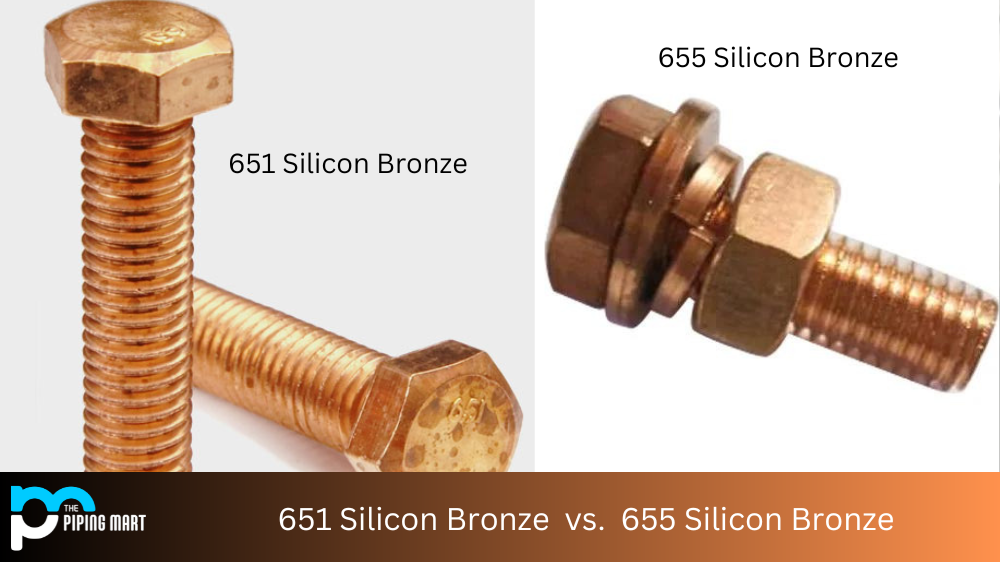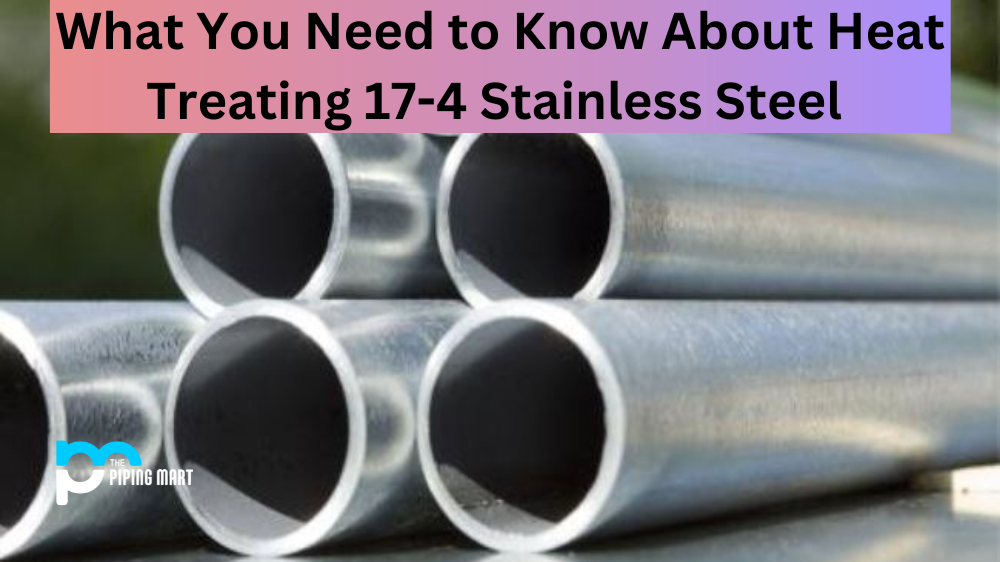If you’re shopping for bronze, chances are you’ve come across 651 and 655 silicon bronze. While both are made from a combination of copper and silicon, some key differences make them well-suited for different applications. Let’s explore these differences so you can choose the best option for your next project.
651 vs 655 Silicon Bronze
Differences in Alloy Combinations
The two alloys are created by combining copper with different amounts of silicon. 651 silicon bronze contains 97% copper and 3% silicon, while 655 silicon bronze contains 99% copper to 1% silicon. This means that 651 has a slightly higher tensile strength than 655, making it better suited for applications that require high strength, such as screws or bolts. Because of its increased flexibility, however, 655 is often preferred when welding is involved because it allows for better weld penetration without cracking or warping.
Differences in Corrosion Resistance
Corrosion resistance is one of the most important factors when selecting a material. Both 651 and 655 have excellent corrosion resistance and will not rust or corrode easily in most environments—even in salt water! However, because it contains more copper, 651 offers slightly better corrosion resistance overall than 655 does. If you need superior corrosion protection in extreme conditions, such as marine applications or areas with high humidity levels, you may want to opt for 651 instead of 655 bronze.
Differences in Cost
Price is another important factor to consider when choosing between the two alloys. Because it requires less processing to create due to its lower alloy content, 655 tends to be less expensive than 651, making it an attractive option for those on a tight budget. However, if your project requires superior corrosion resistance or extra strength, then the cost difference may be worth considering since 651 offers superior performance in these areas compared to 655.
Conclusion:
In conclusion, both 651 and 655 have their unique advantages depending on what type of application they are used in. If you need extra strength and superior corrosion protection, then 651 might be the right choice for your project; otherwise, if the price is a major factor, then you may want to select 655 instead due to its lower cost and excellent weldability properties. Whichever alloy you choose, make sure that you take into account all of the factors involved so that you can find the perfect material for your needs!

A passionate metal industry expert and blogger. With over 5 years of experience in the field, Palak brings a wealth of knowledge and insight to her writing. Whether discussing the latest trends in the metal industry or sharing tips, she is dedicated to helping others succeed in the metal industry.




